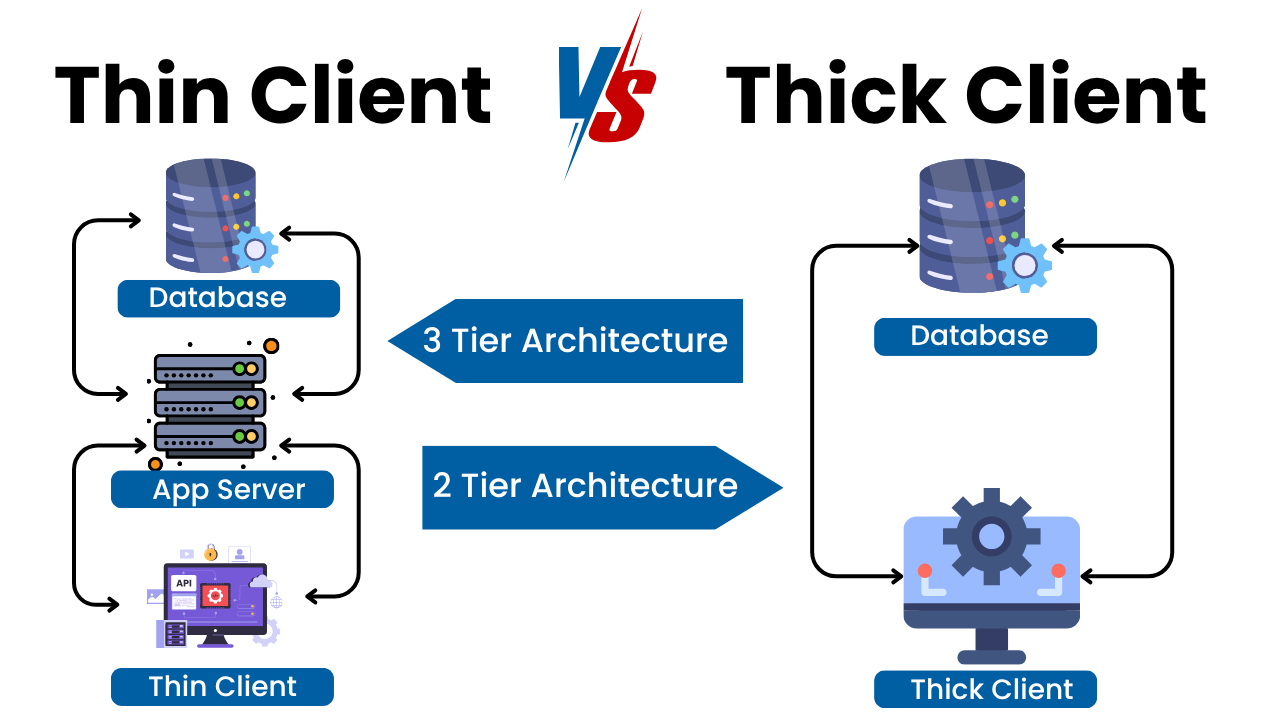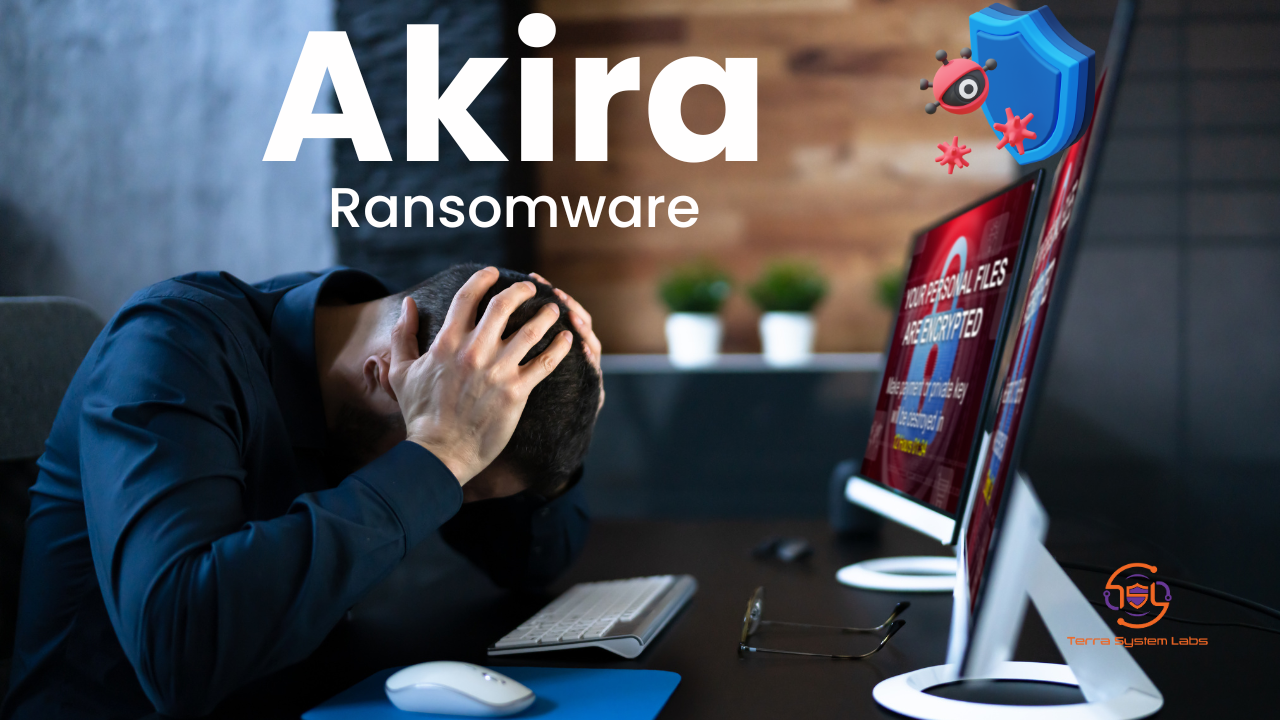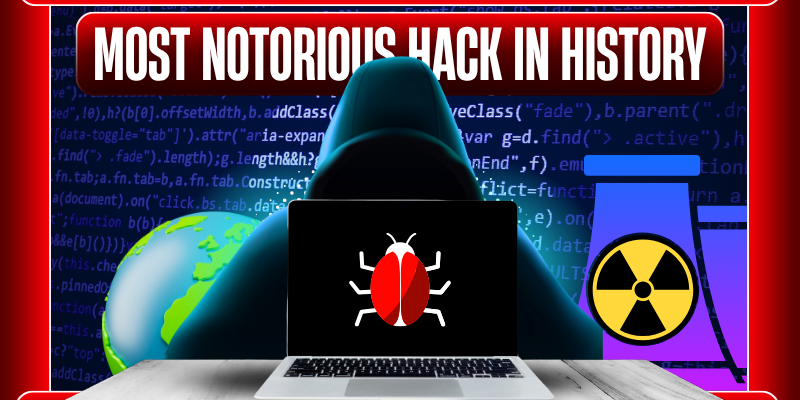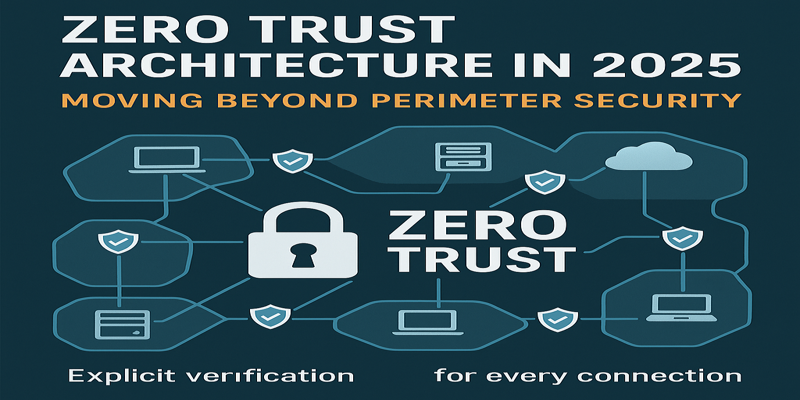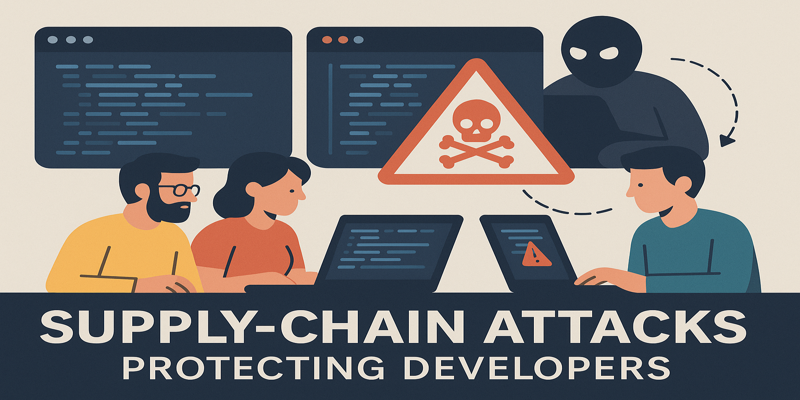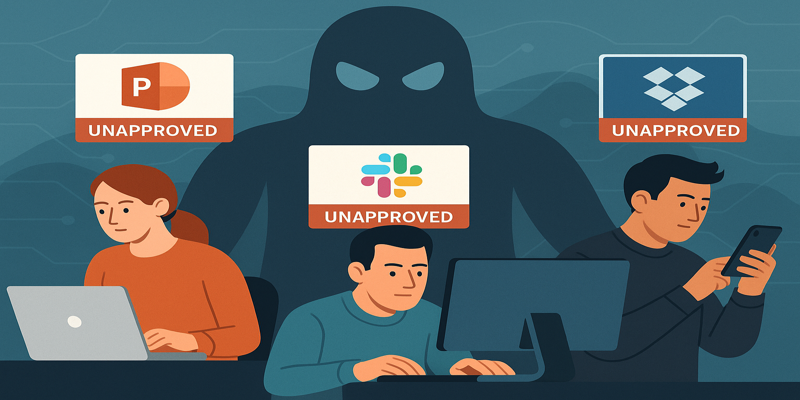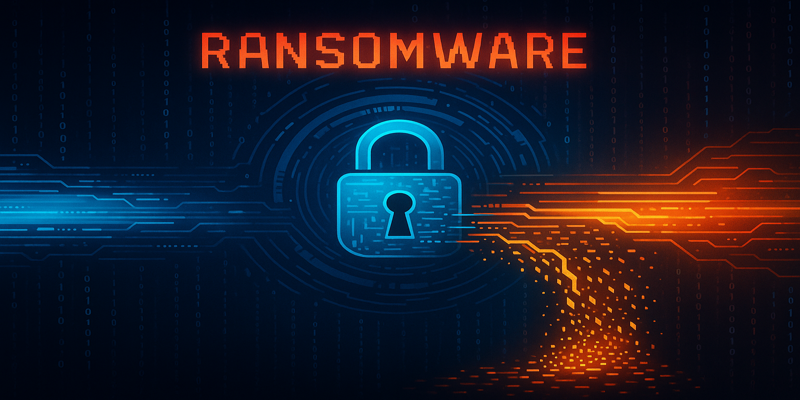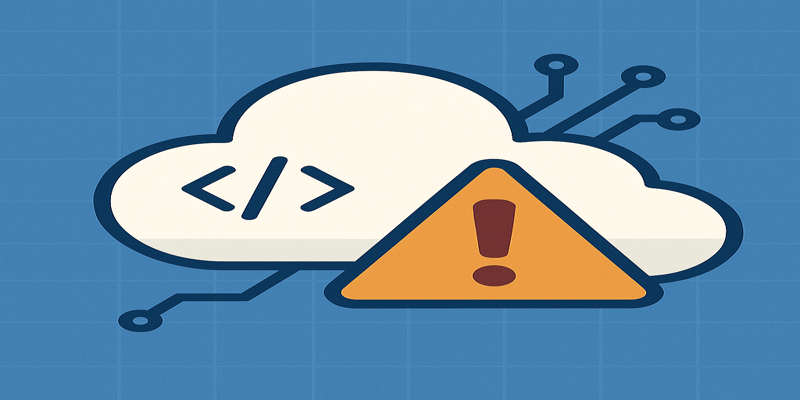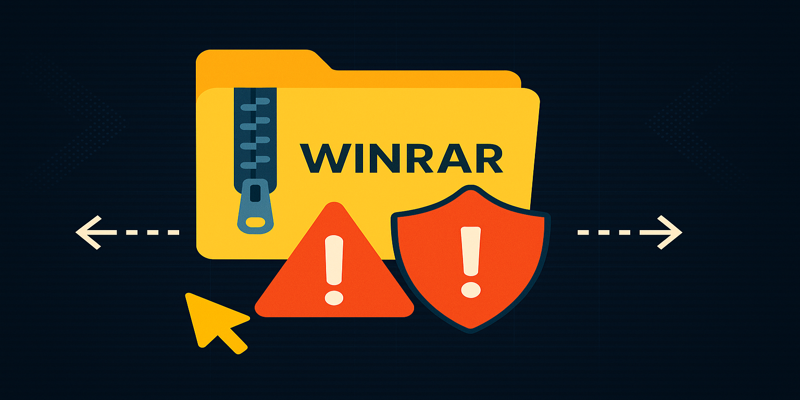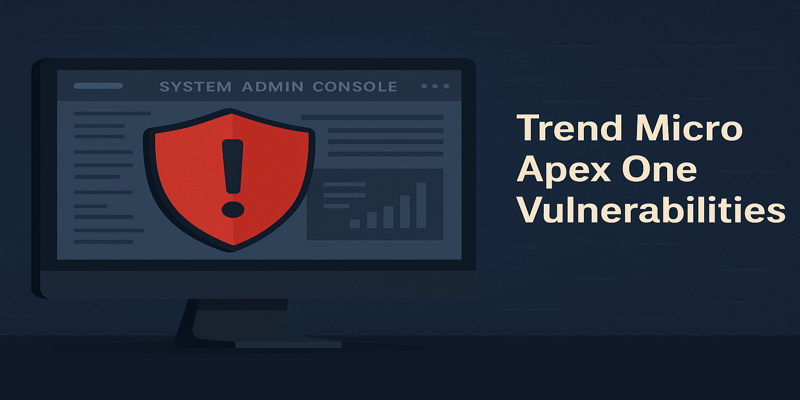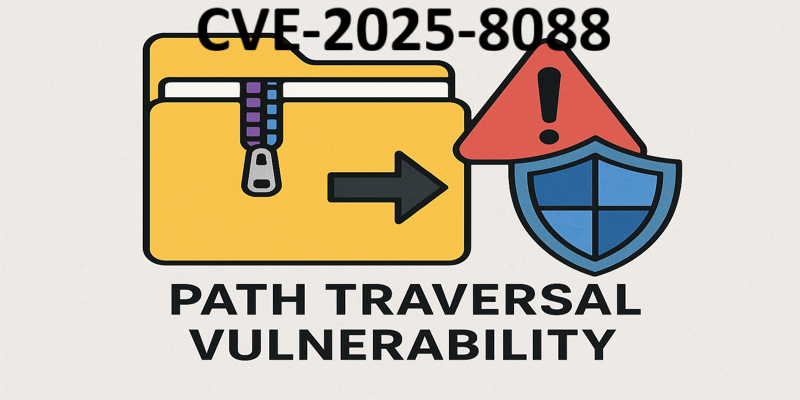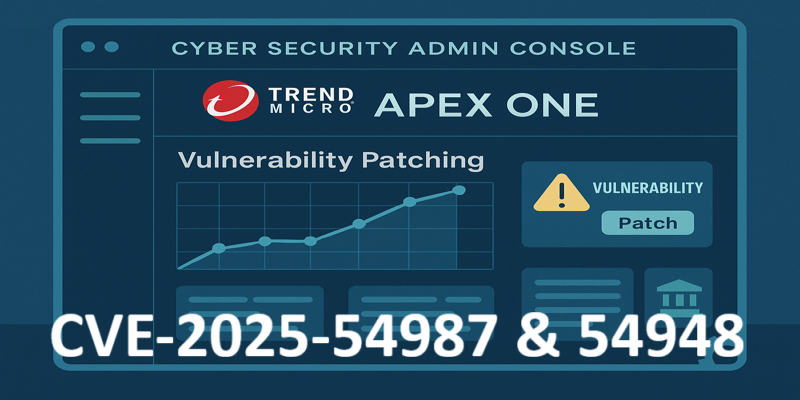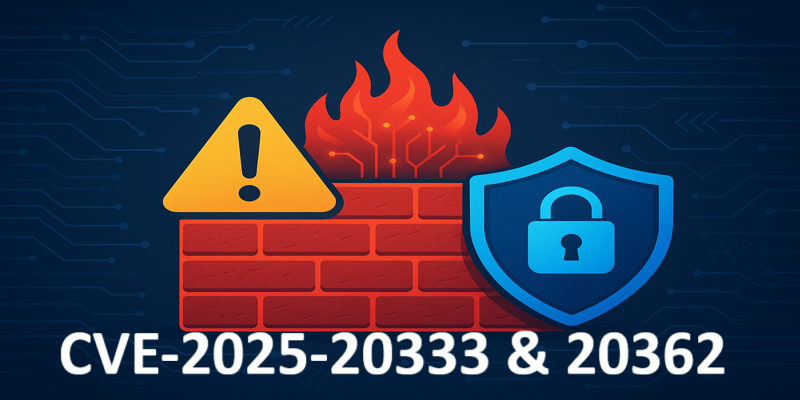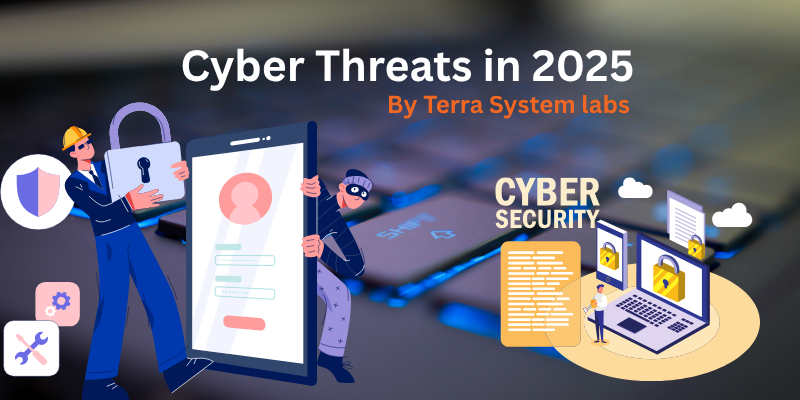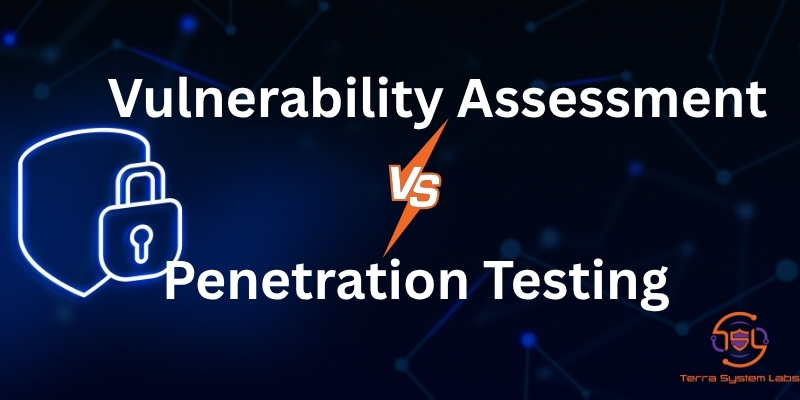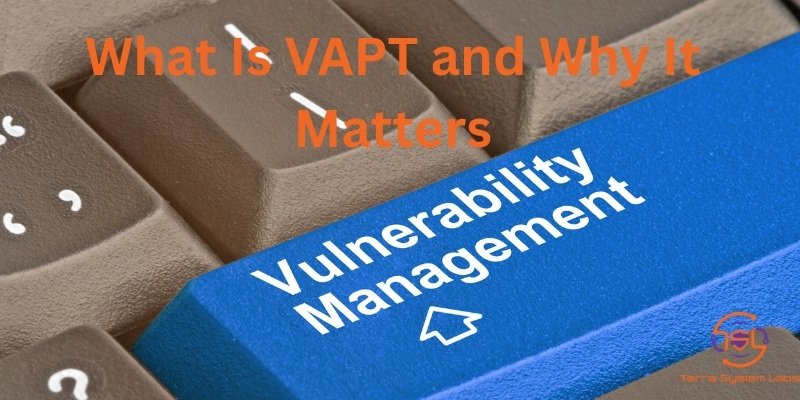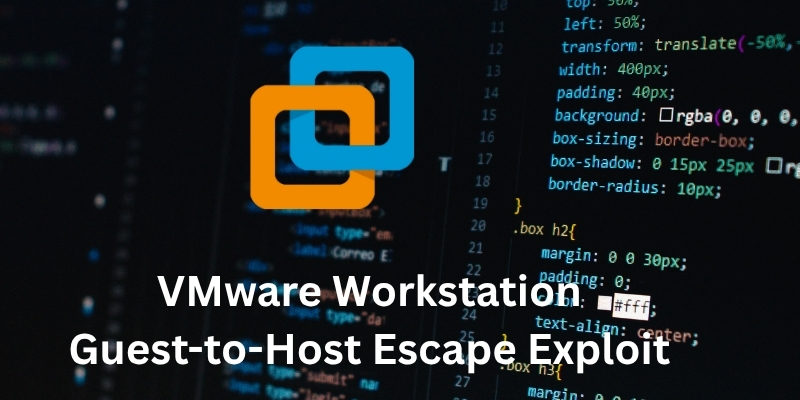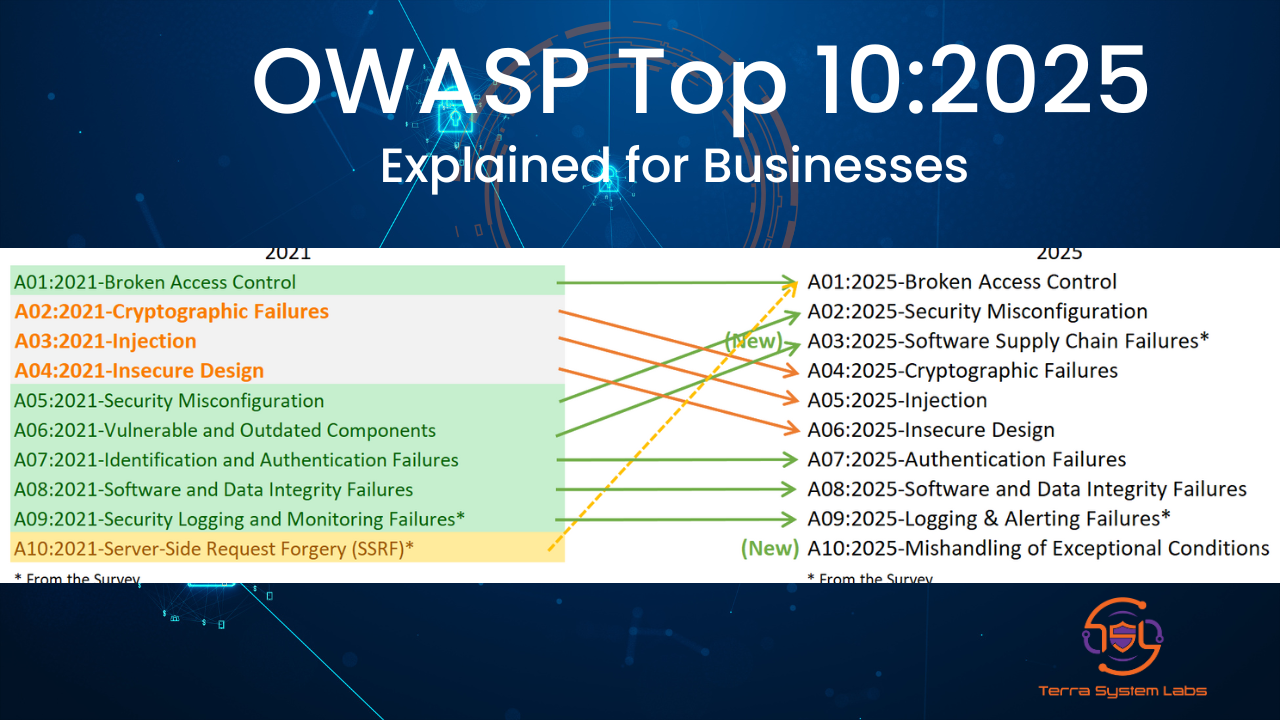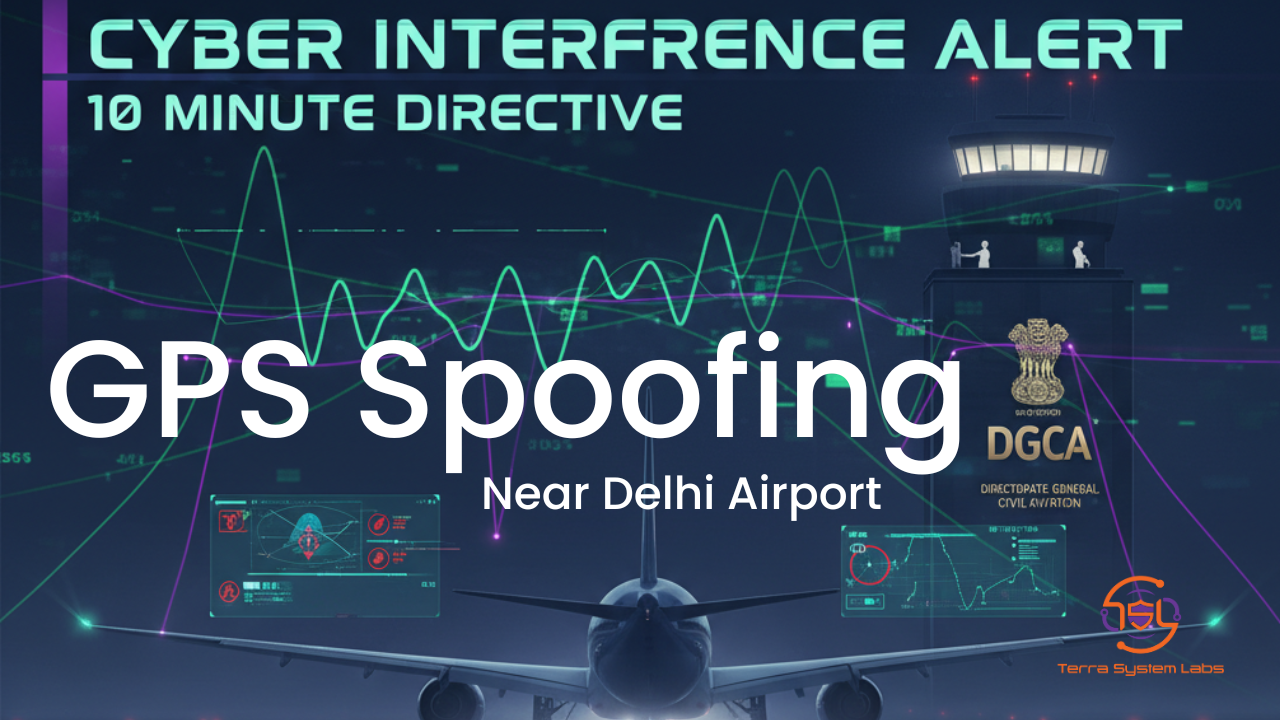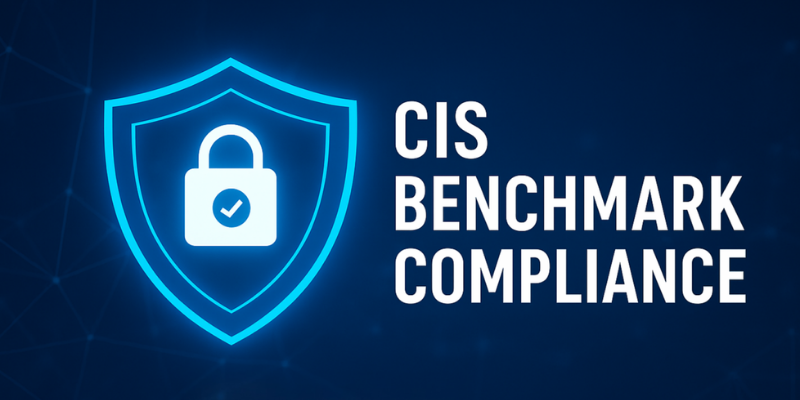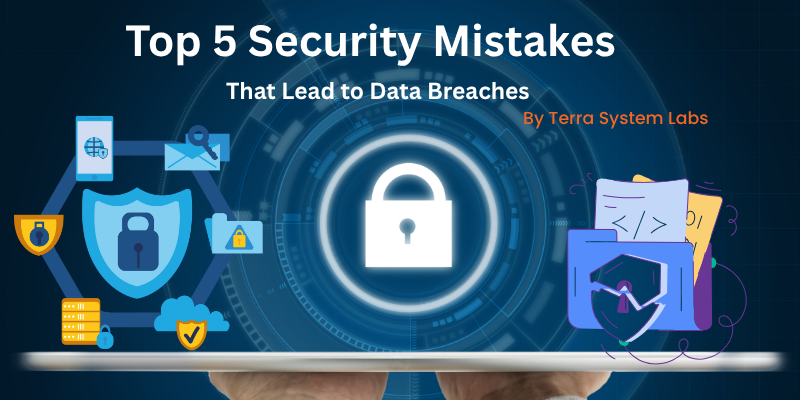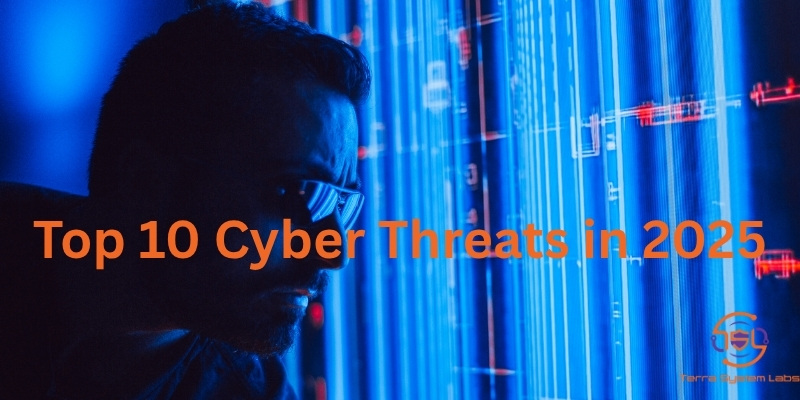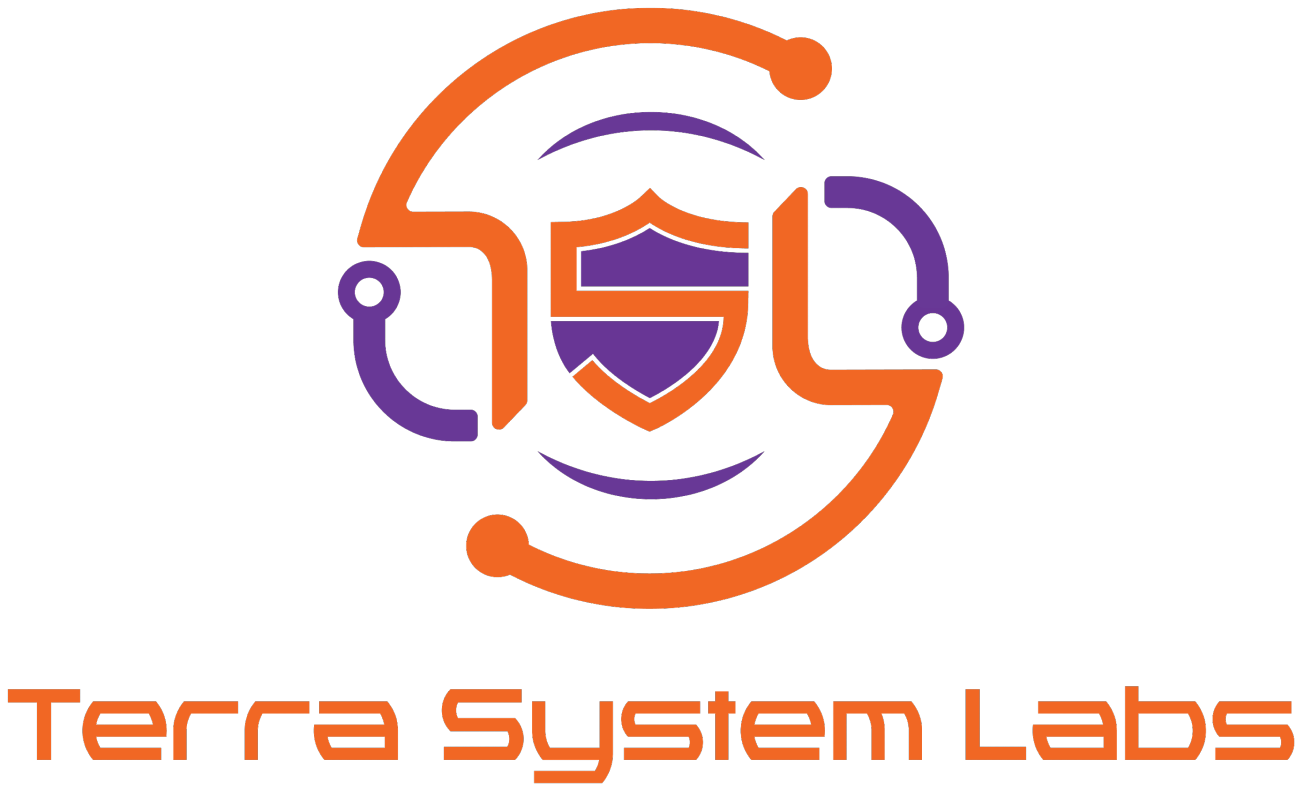VMware Workstation Guest-to-Host Escape Exploit: What You Need to Know
Virtual machines are often seen as safe sandboxes. They let us test software, isolate workloads, and run multiple operating systems on a single machine. But what if that isolation could be broken?
Recently, researchers disclosed and demonstrated a proof-of-concept (PoC) exploit that allows someone inside a VMware Workstation guest to take control of the host system itself. This type of attack is known as a guest-to-host escape, and it is one of the most serious risks in virtualization security.
The Vulnerability at a Glance
The issue comes from a combination of flaws in VMware Workstation’s virtual Bluetooth and USB device handling.
- Attackers inside a virtual machine can trigger memory leaks by sending crafted USB or Bluetooth requests. This lets them leak important memory addresses from the host.
- With those addresses, they can bypass protections like ASLR (Address Space Layout Randomization).
- Next, a malicious Service Discovery Protocol (SDP) packet triggers a stack buffer overflow in the host process (vmware-vmx.exe).
- Once this happens, the attacker can run arbitrary code on the host.
In practical tests, researchers managed to open a reverse shell on a fully patched Windows 11 host machine directly from a Linux guest VM.
Why This Matters
This exploit is not just theoretical. It shows how a compromised or malicious virtual machine can completely break free from its sandbox. The impact is significant:
- Host takeover: Attackers gain control of the machine running VMware Workstation.
- Lateral movement: Once on the host, attackers can reach other virtual machines or even the corporate network.
- Multi-tenant risk: In shared environments, one infected VM could endanger others.
In short, the entire idea of VM isolation can be undermined if these flaws are not fixed.
How the Exploit Works (Simplified)
The exploit, developed and explained by researchers at Fox-IT, involves three key steps:
- Memory Leak: Specially crafted USB/Bluetooth requests reveal memory addresses from the host.
- Bypass Protections: These addresses make it possible to bypass ASLR, a defense that normally hides memory layout.
- Overflow and Execution: A malicious SDP packet overflows the stack, hijacking the host process and allowing malicious code to run.

With this chain, an attacker can reliably escape the guest environment and compromise the host system.
Mitigation and Fixes
VMware has already issued patches, so updating is the most effective defense.
What you should do immediately:
- Update VMware Workstation to the latest version (17.5.0 or newer).
- Disable virtual Bluetooth sharing if you cannot patch right away. This closes the attack surface used in the PoC.
- Harden your setup by limiting unnecessary device sharing, running with least privilege, and monitoring for unusual activity from vmware-vmx.exe.
How Terra System Labs Can Help
At Terra System Labs, we help organizations secure their virtualization environments through:
- Vulnerability assessments of VMware setups.
- Red team simulations to test real-world guest-to-host attack scenarios.
- Patch validation and compliance checks to ensure critical updates are applied correctly.
- Threat hunting and monitoring tuned for virtualization environments.
If your business relies on VMware Workstation or other virtualization platforms, now is the time to review your security posture.
Final Thoughts
The release of a working VMware Workstation guest-to-host exploit is a reminder that no system is invulnerable. Virtualization provides flexibility and efficiency, but it must be paired with timely patching and strong security practices.
By staying proactive and working with cybersecurity experts, organizations can ensure that their virtual environments remain safe, resilient, and trusted.
Recent Posts


